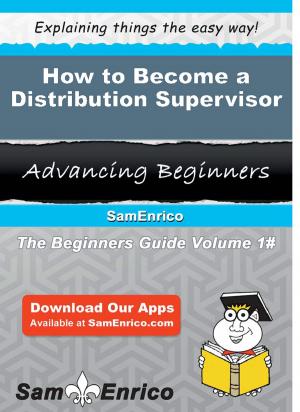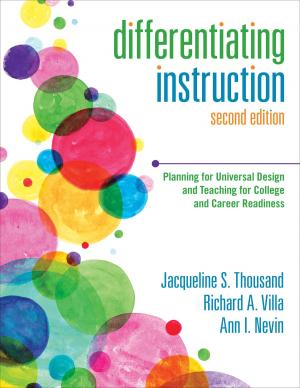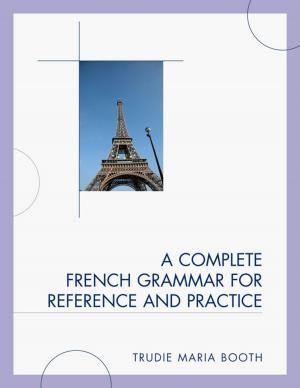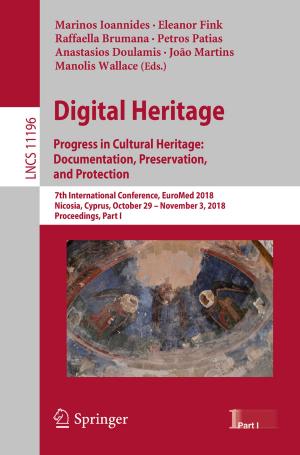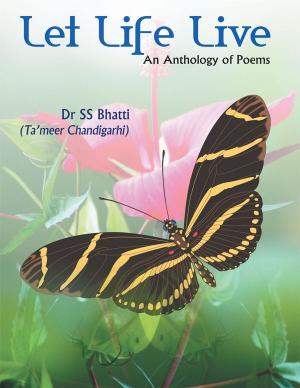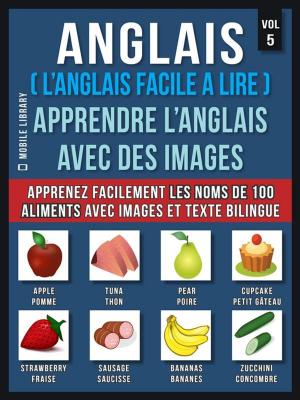Chats on Old Copper and Brass (Illustrations)
Nonfiction, Home & Garden, Antiques & Collectibles, Metals & Jewelry, Reference & Language, Reference| Author: | Frederick William Burgess | ISBN: | 1230000272573 |
| Publisher: | T. FISHER UNWIN LTD LONDON: ADELPHI TERRACE | Publication: | October 7, 2014 |
| Imprint: | Language: | English |
| Author: | Frederick William Burgess |
| ISBN: | 1230000272573 |
| Publisher: | T. FISHER UNWIN LTD LONDON: ADELPHI TERRACE |
| Publication: | October 7, 2014 |
| Imprint: | |
| Language: | English |
Example in this ebook
The collection of old metal may at first sight appear a somewhat unattractive hobby; a moment's reflection, however, brings to mind the wonderful art treasures of metal in our museums, gathered together from many parts of the world; not necessarily of the precious metals, for many of the most cunningly contrived objects of antiquarian research are of copper in one or more of its numerous forms of alloy.
Copper is the basis of so many alloys of which metallic curios are formed, that in its combination with other metals it gives the collector an almost inexhaustible field of research. It was the metal of the ancients, which in combination with tin gave them that useful metal with which to fashion weapons of offence and defence, and later, as the Bronze Age advanced, utilitarian objects of household economy.
Collectors find the Age of Metals unfolding as they arrange their collections with orderly sequence, and thereby trace the progress of artificers throughout the periods which have intervened since the first bronze celt was moulded to the present day.[8] Although this is the Age of Iron and the numerous materials which metallurgical research and scientific skill have produced, copper, and brass in its varied forms, are still prominent, and the almost inexhaustible supply of copper with which Nature has provided us is still being drawn from.
In this work the curios and artistic objects of use and ornament which have come down to us, contributed by craftsmen of many ages and of many countries, are passed in review. The object of so doing has been to awaken still greater interest—if that is possible—in the collection of copper and brass, and to preserve to futurity metal objects from which the utilitarian purpose of their manufacture is fast waning—if not already gone.
Although the rarest and most costly objects are to be found in museums and the galleries of the wealthy, there are many still in the homes of the people, and there are many who seek and obtain pleasure and delight from the collection of the curious and the beautiful who cannot afford the unique specimens which are so costly. To such this book should appeal, for the descriptions and the illustrations have been drawn from many sources, and their selection has by no means been confined to the rarer types.
The illustrations are reproductions of photographs which have been willingly furnished by owners of collections and museum authorities. A large number, too, have been specially drawn for this work by my daughter, Miss Ethel Burgess.
I gratefully acknowledge the kindness of those[9] who have allowed me to make use of objects in their collections. I would especially bear testimony to the courtesy of the Directors of the British Museum who have authorized their printers, The University Press, Oxford, to furnish blocks of some of the most interesting metal objects in the Galleries. The Director of the Victoria and Albert Museum has granted facilities for the reproduction of some of the beautiful metal-work at South Kensington.
My thanks are especially due to Mr. Guy Laking, M.V.O., F.S.A., who, although in the midst of the removal of the London Museum from Kensington Palace to its new home at Stafford House, has kindly supplied several photographs of scarce metal objects. Special drawings have been made of several representative objects in the Guildhall Museum, through the courtesy of the Curator.
To be continue in this ebook................................................................................................................
Example in this ebook
The collection of old metal may at first sight appear a somewhat unattractive hobby; a moment's reflection, however, brings to mind the wonderful art treasures of metal in our museums, gathered together from many parts of the world; not necessarily of the precious metals, for many of the most cunningly contrived objects of antiquarian research are of copper in one or more of its numerous forms of alloy.
Copper is the basis of so many alloys of which metallic curios are formed, that in its combination with other metals it gives the collector an almost inexhaustible field of research. It was the metal of the ancients, which in combination with tin gave them that useful metal with which to fashion weapons of offence and defence, and later, as the Bronze Age advanced, utilitarian objects of household economy.
Collectors find the Age of Metals unfolding as they arrange their collections with orderly sequence, and thereby trace the progress of artificers throughout the periods which have intervened since the first bronze celt was moulded to the present day.[8] Although this is the Age of Iron and the numerous materials which metallurgical research and scientific skill have produced, copper, and brass in its varied forms, are still prominent, and the almost inexhaustible supply of copper with which Nature has provided us is still being drawn from.
In this work the curios and artistic objects of use and ornament which have come down to us, contributed by craftsmen of many ages and of many countries, are passed in review. The object of so doing has been to awaken still greater interest—if that is possible—in the collection of copper and brass, and to preserve to futurity metal objects from which the utilitarian purpose of their manufacture is fast waning—if not already gone.
Although the rarest and most costly objects are to be found in museums and the galleries of the wealthy, there are many still in the homes of the people, and there are many who seek and obtain pleasure and delight from the collection of the curious and the beautiful who cannot afford the unique specimens which are so costly. To such this book should appeal, for the descriptions and the illustrations have been drawn from many sources, and their selection has by no means been confined to the rarer types.
The illustrations are reproductions of photographs which have been willingly furnished by owners of collections and museum authorities. A large number, too, have been specially drawn for this work by my daughter, Miss Ethel Burgess.
I gratefully acknowledge the kindness of those[9] who have allowed me to make use of objects in their collections. I would especially bear testimony to the courtesy of the Directors of the British Museum who have authorized their printers, The University Press, Oxford, to furnish blocks of some of the most interesting metal objects in the Galleries. The Director of the Victoria and Albert Museum has granted facilities for the reproduction of some of the beautiful metal-work at South Kensington.
My thanks are especially due to Mr. Guy Laking, M.V.O., F.S.A., who, although in the midst of the removal of the London Museum from Kensington Palace to its new home at Stafford House, has kindly supplied several photographs of scarce metal objects. Special drawings have been made of several representative objects in the Guildhall Museum, through the courtesy of the Curator.
To be continue in this ebook................................................................................................................


